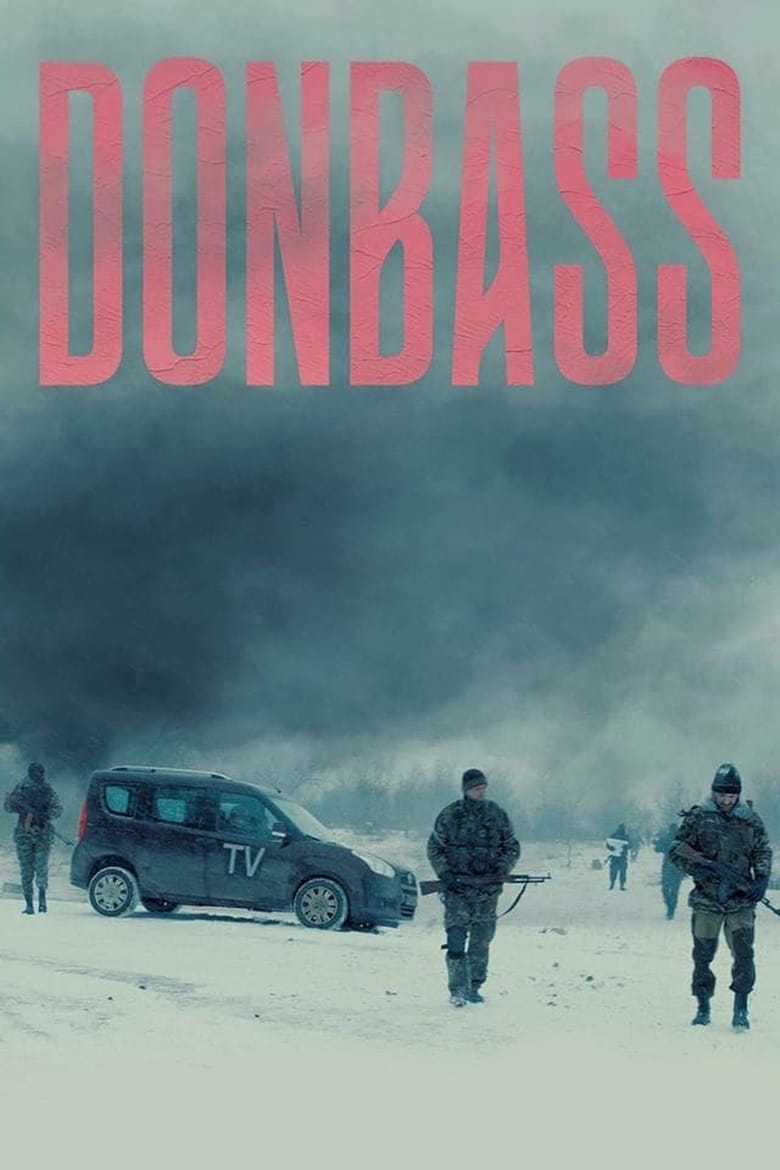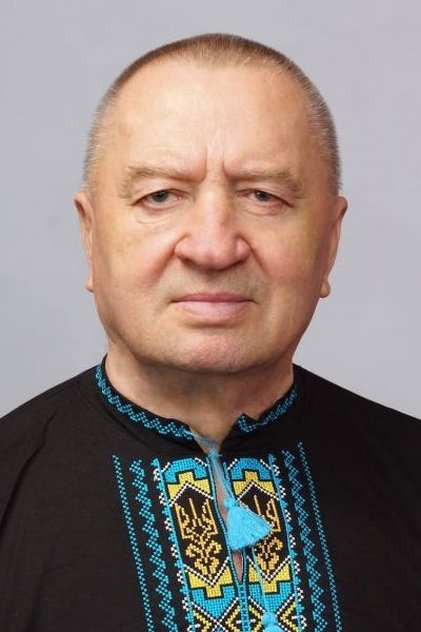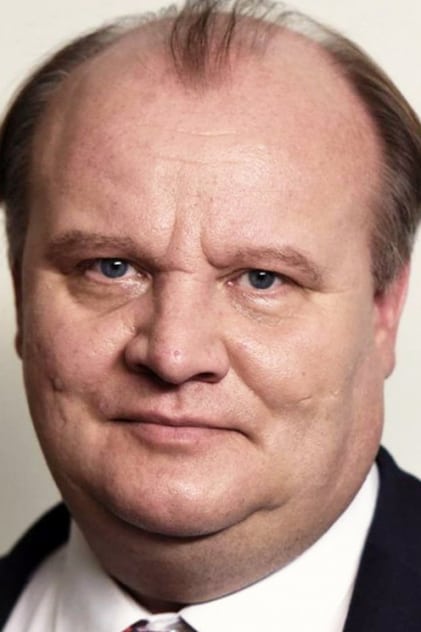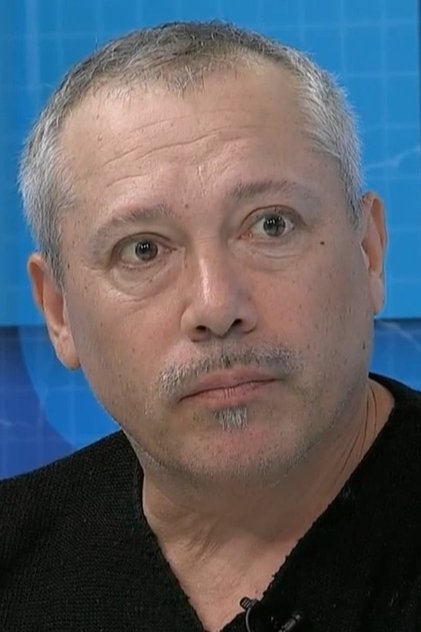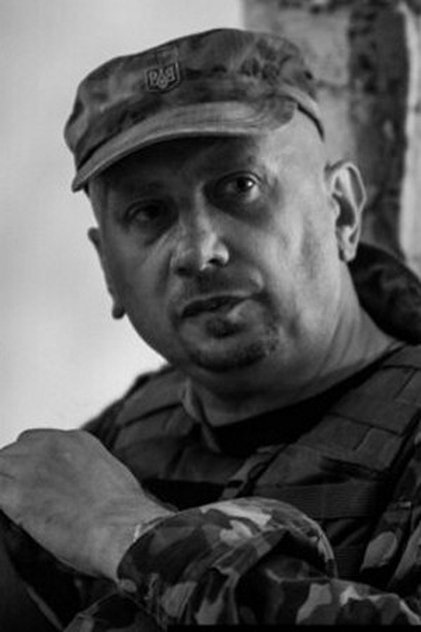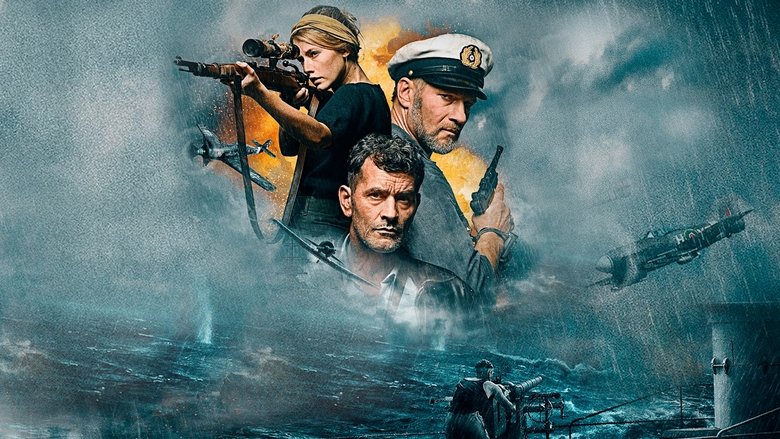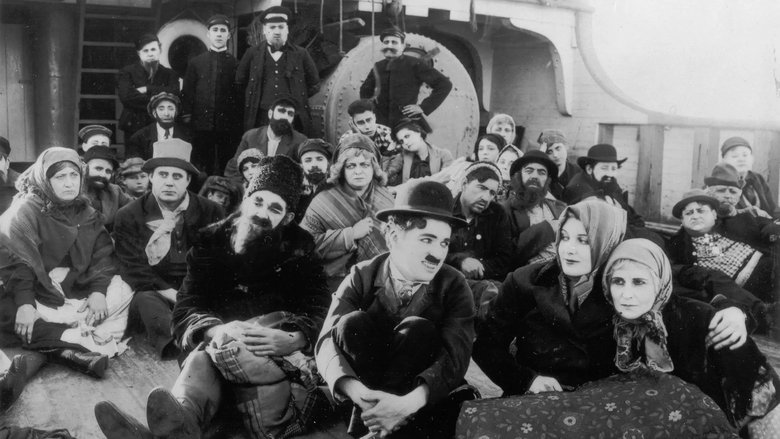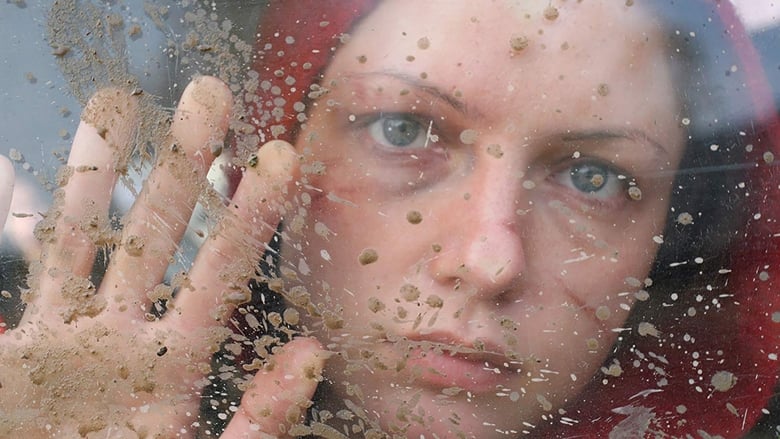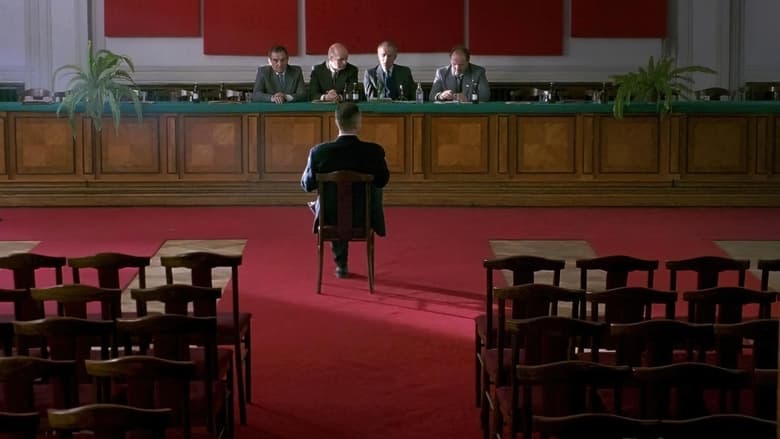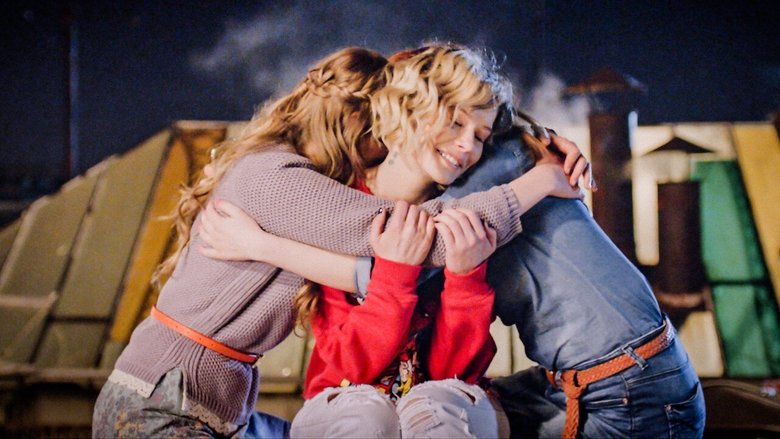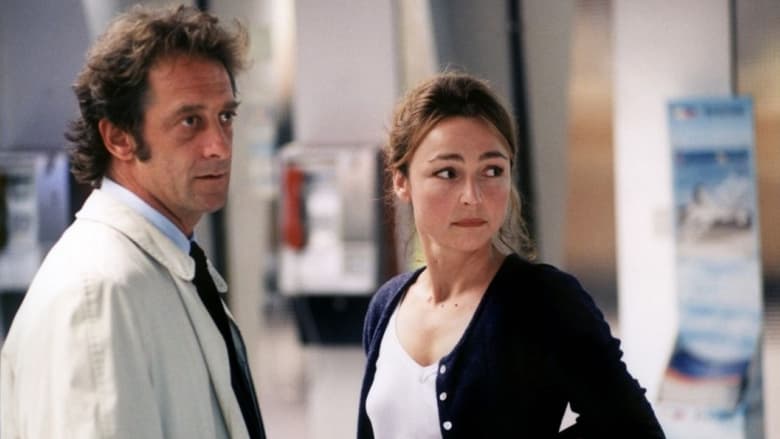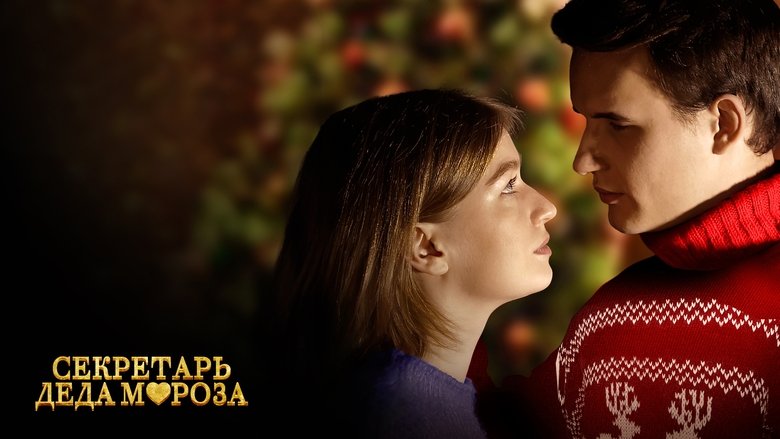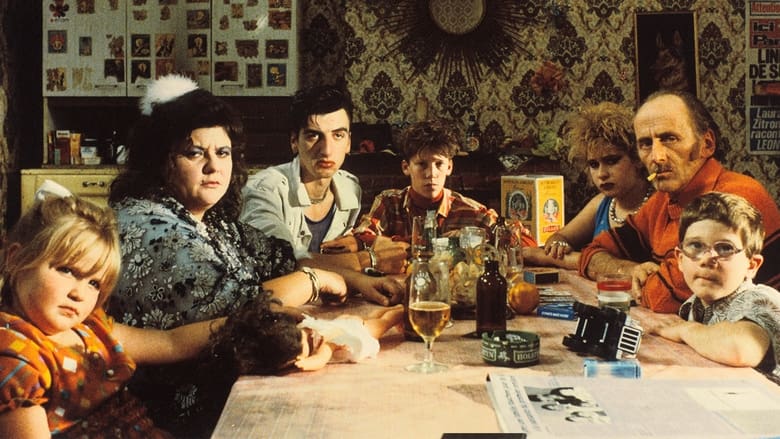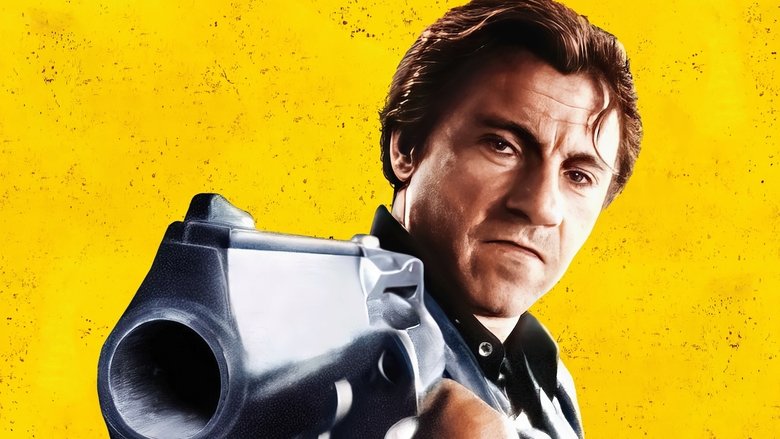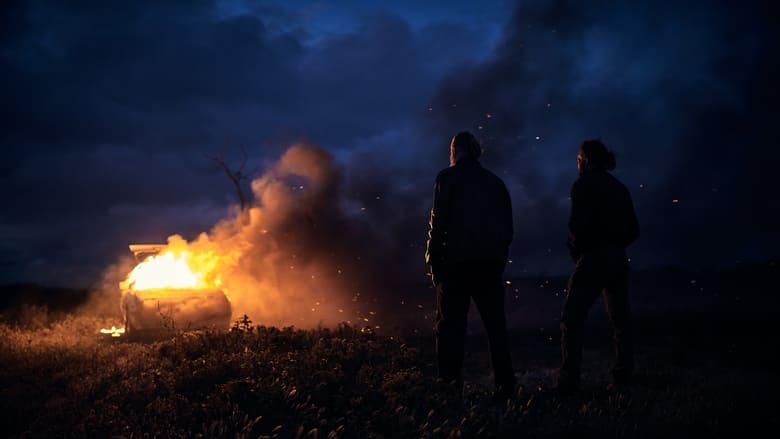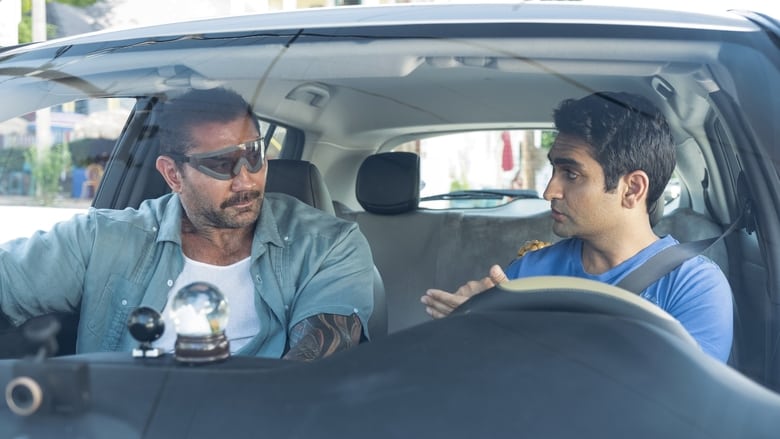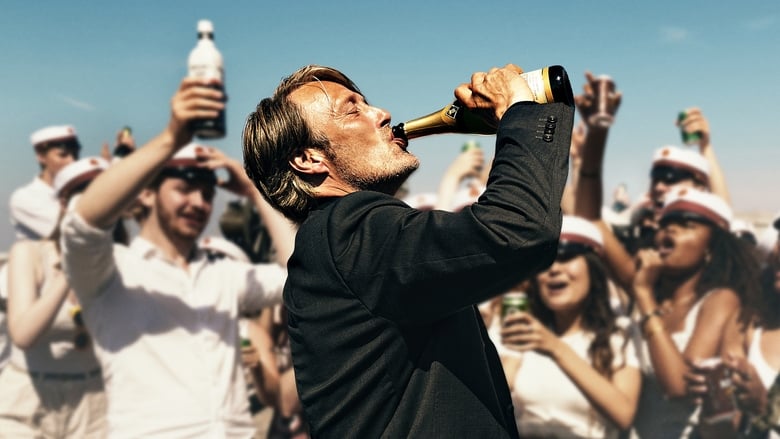Stephen Campbell
Aug 31, 2019
7/10
- "Who's Behind Separatism in the Donbass?" (Denys Kazanskyi); The Ukrainian Week (May 1, 2014)
- Sergei Loznitsa; Director's Statement; Donbass Production Notes
one of the main reasons for this war, which has been going on since 2014, is the collapse of the USSR. Such collapse could be followed either by a fundamental reform and complete re-organisation of the society, or by its continuous gradual decay and destruction. In this particular case, the first option after the collapse of the USSR is a gradual reform aimed at the creation of a European developmental model (with the emphasis on the rights of the individual, rule of law, and protection of private property); the second option is the return to the totalitarian Soviet mode of existence. These two options are incompatible or rather mutually exclusive. Ukraine, at least the predominant part of its population, chooses the European way, whereas Russia is rapidly moving back to the USSR. It is also important to bear in mind that the Donbass is an industrial region, which developed in the first half of the 20th century. The region was industrialised largely by employing the free labour of GULAG prisoners. Their descendants have settled in the region, having created a very peculiar community based around the factories and labour camp barracks. In recent years, especially during the rule of the former Ukrainian president Yanukovich, who was a native of the Donbass, the territory became extremely criminalised. This is why, with military and financial help from the eastern neighbour, it became possible to divide this territory between paramilitary gangs and to usurp power in the aftermath of the Maidan revolution. The war goes on because Russia provides financial and military support to the separatist movement. Its goal is very simple - to prevent Ukraine from becoming an independent state.Obviously drawing inspiration from Elem Klimov's masterful Иди и смотри Come and See (1985), one of the greatest anti-war movies ever made, Loznitsa's aesthetic mastery of the filmic medium is breath-taking. A formalist in the very best sense of the term, and working with legendary cinematographer Oleg Mutu (Moartea domnului Lăzărescu; 4 luni, 3 săptămîni și 2 zile; Zjednoczone Stany Miłosci), Loznitsa shoots Donbass in the style of cinéma vérité, hand-held and as unmediated as possible. For much of the film, the audience is placed in the role of an eavesdropper; we're never inculcated into the events, nor are we ever presented with the subjective perspective of a participant - instead, we watch as if this were a news report (which, in a couple of segments, it actually is). Most of the segments are shot in single-takes, which has the effect of heightening tension to almost unbearable degrees, knowing that at any moment, a bomb blast could wipe out the cast or an idiot with a gun and a grudge could open fire (during the long wedding segment, I realised I was gripping the arms of my chair so hard that my fingers were sore - simply in anticipation of...something). In this sense, Loznitsa brilliantly evokes the unpredictability of war in a manner rarely seen in films with ten times the budget. The opening segment sets the tone brilliantly. Watching a group of people having makeup applied in a trailer, we think are on a film or TV set, but in actual fact, these people are being made up to appear in a "factual" news report as shell-shocked locals, complete with a director telling them what to say (basically to denounce the "fascist" loyalists as traitors), and a stage-managed warzone in the background. It's the very definition of fake news. This gambit immediately recalls Barry Levinson's superb Wag the Dog (1997), in which a White House spin-doctor hires a Hollywood producer to "produce" a fake war so as to distract from a presidential sex scandal. And much like Wag the Dog, the comic tone with which Donbass begins slowly gives way to something much darker, culminating in a deeply unsettling final scene that's as savagely ironic as anything you'll see all year. The film's dark comedy probably reaches its zenith in the scene where Semyon heads to a military barracks because he's been told the separatist forces have recovered his stolen jeep. Believing that he will be getting the jeep back, he instead discovers that the military want him to sign the car over to them. When he refuses, he's hit with an exorbitant fine and accused of being pro-fascist. Marched into another room, he finds that room full of men, all on their phones trying to raise funds to pay the fines they too have been hit with for refusing to sign over their cars. It's like something out of Douglas Adams - a room full of be-suited middle-class men all desperately trying to do the exact same thing. Thematically, each segment in Donbass has its own target, whether it be a self-serving hospital administrator, a soldier abusing the power he has over civilians, or an uninformed mob interested only in blaming someone (anyone) for their misfortunes. No one escapes censure because no one is wholly innocent. Focusing on the misbehaviour of the separatist forces, however, accusations of fascism are everywhere – the mayor who has faeces dumped over him, the German reporter ("if you aren't a fascist, then your grandfather was" yells one soldier), the civilian occupants of a bus, Semyon, a soldier who proves reluctant to loot, the captured loyalist who is tied to a pole. This last instance is especially difficult to watch. Tied up by separatist forces who actively encourage passing civilians to verbally abuse him, things soon escalate to spitting and throwing food, and, ultimately, to brutal physical assault. When some of the thugs responsible for drawing a crowd and instigating the violence against him then attend a wedding in the following segment, they amuse themselves and the guests by showing smartphone footage of the man being beaten. Mind you, this is a group of people who respond to the bride wishing that her son is born "with a rifle in his arms" by cheering, so their moral calibre isn't sky-high. With a lack of any heroes, or even a protagonist with whom we can identify, the one tone that links the various segments is bitterness, a bitterness deeply ingrained in the souls of the people, who believe the lies they are being fed, with virtually every conversation returning in some way to issues of partisanship. One of the questions Loznitsa is asking is how one can broach reconciliation between people whose enmities run so deep. It's a question to which he has no answer; there is no kindness or compassion here. Crucially, Loznitsa is positing that the war is being fought as much with lies and propaganda as it is with weapons, and, certainly in the case of the separatist forces, amorality is simply an aspect of combat. These people are criminals as much as they are combatants, and are depicted as inherently unscrupulous, unconcerned with Ukraine or its people, even as they position themselves as the country's saviours. Indeed, Loznitsa explains,
Donbass is not a region, but a concept, and it became possible because the criminal relations there are the basis of life, and many people living there have no ground under their feet. And this is a problem that any government in Ukraine will have to deal with, and we, its residents, will face it every day.In terms of problems, although Loznitsa does depict loyalist forces here and there, most of his invective is aimed at the separatists, and in this sense, the film could be accused of being unbalanced. Another issue is the lack of any political contextualisation, with no explanation of who is fighting, nor what they are fighting for, as combatants are introduced without any kind of identification. That such lack of context can hamper the film a little is illustrated in a scene where the German journalist is interviewing a group of soldiers sitting on a tank. Asking them where they are from, they all declare they are Ukrainian, from Donbass. However, the journalist's translator finds this hard to believe, the implication being that they are actually Russians. Why the presence of Russians in a so-called Ukrainian army should be important, or why the men would lie about their birthplace, is never explained. I understand what Loznitsa is trying to do here - political context is irrelevant in a conflict built on lies and absurdity - but some kind of concession to an audience not familiar with the politics would have been immensely helpful. Another issue is that because there is no central character, there is no real emotional connection. We certainly feel sympathy with some (Semyon, the soldier tied to the pole), but there is never any real pathos. Again though, this is by design. A searing satirical portrait of a place where human interaction has devolved to a level just above barbarism, where kindness and empathy are signs of weakness, in the post-truth politics of Donbass, horror, violence, abuses of power, Orwellian propagation (and acceptance) of fake news, and war hysteria masquerading as patriotism are the order of the day. Novorossiya may not have come into being, but the Donbass of the film remains loyal to the motherland, irrespective of how much the motherland may lie. Loznitsa, however, doesn't see the conflict as a legitimate civil war; rather, this is gang warfare, with the concept of civil war used simply to cover-up and legitimatise criminality and the abuse of the working class. Donbass is a place where reality is a commodity, and its only value is in whether or not it can be sold to the masses. If it cannot, then it's worthless. Of course, this situation is not unique to Ukraine - this simulacrum of a functioning society is replicated all over the world, including the United States, where governmental deception and presidential falsehoods haven't reached the level of Donbass, but are certainly moving in that direction. And for people who still value concepts such as truth, honour, and inclusiveness, this is a worrying trend. Because when truth can no longer be used as a weapon, it must be replaced with something far more powerful and far more dangerous - lies.

